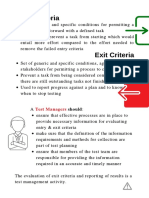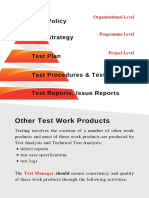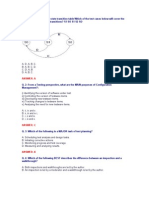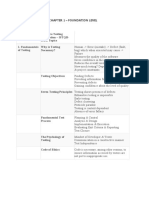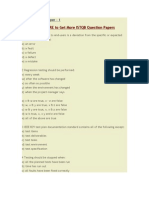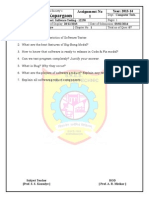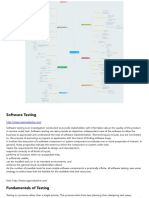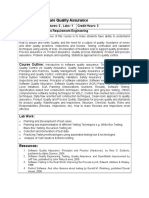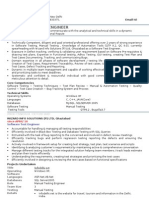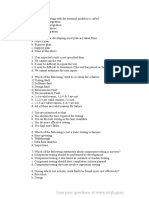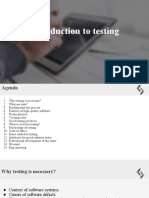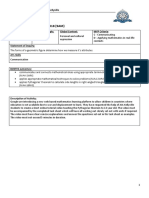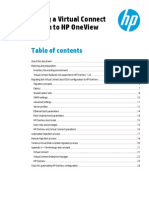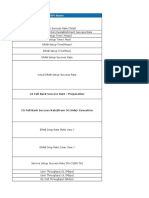0% found this document useful (0 votes)
264 views3 pagesBusiness Value of Testing
A test manager guide to business value of testing as shown in A Test Manager's Guide from https://courses.cania-consulting.comFull description
Uploaded by
Lucian CCopyright
© © All Rights Reserved
We take content rights seriously. If you suspect this is your content, claim it here.
Available Formats
Download as PDF, TXT or read online on Scribd
0% found this document useful (0 votes)
264 views3 pagesBusiness Value of Testing
A test manager guide to business value of testing as shown in A Test Manager's Guide from https://courses.cania-consulting.comFull description
Uploaded by
Lucian CCopyright
© © All Rights Reserved
We take content rights seriously. If you suspect this is your content, claim it here.
Available Formats
Download as PDF, TXT or read online on Scribd
/ 3






